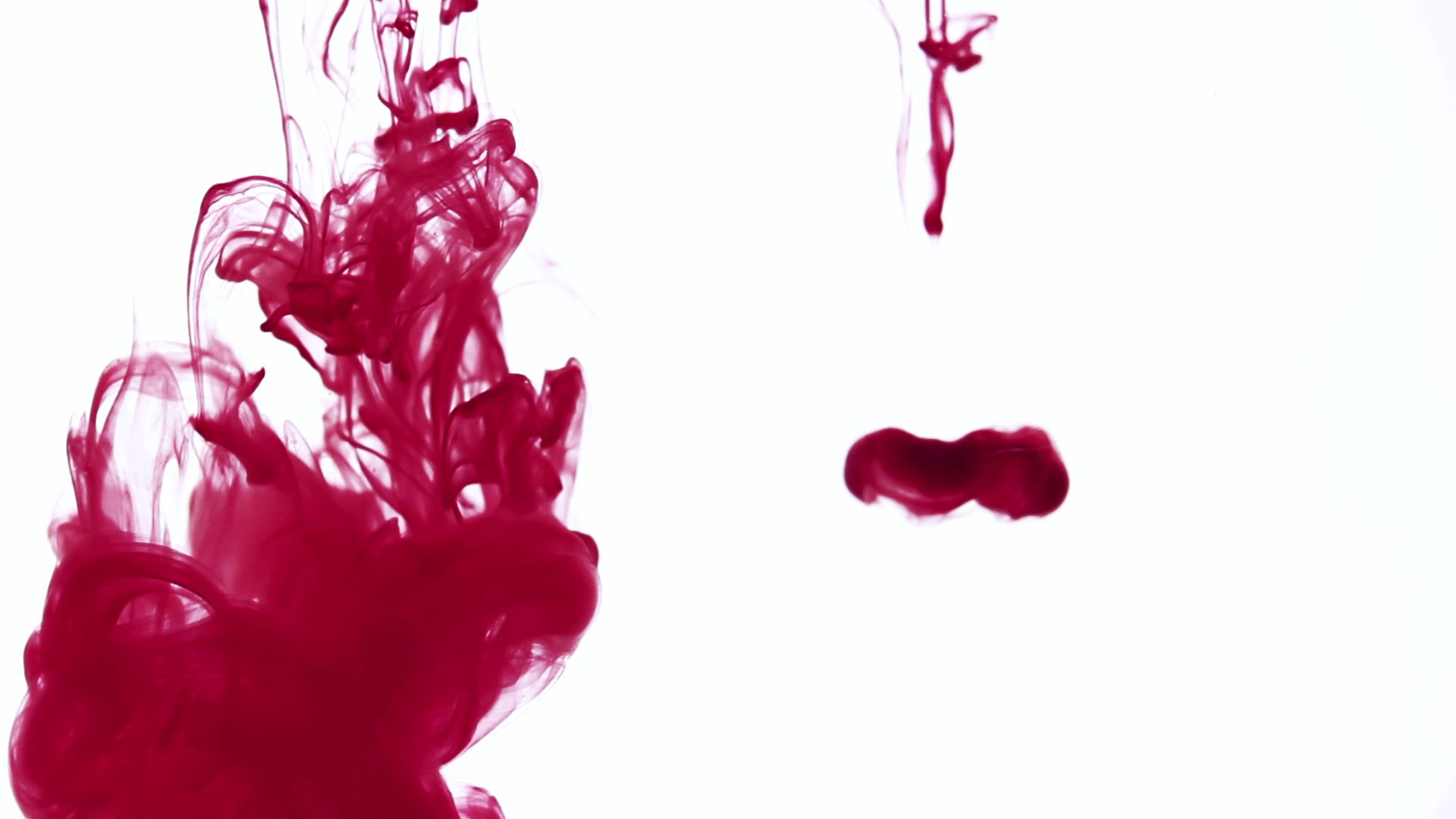The Traditional Method Of Making Wine
- Babacar Guillebaud

- 4 oct. 2017
- 4 min de lecture
CUT OF THE GRAPES
The cut of the vineyard is a vineyard operation aiming to limit the excessive growth of the vine to regulate the production of the grapes in quality and in quantity. It is generally carried out during the vegetative rest (winter), not forgetting to take into account the risk of frosts.
THE HARVEST
The harvest is the harvest of the grapes intended for the production of the wine. The time chosen for the harvest has important consequences for the quality of the wine. When it is a question of making fine wines, the maturation of the grapes is followed with the greatest care and harvested only at the very last possible moment, especially in cold regions where it is extremely difficult to achieve perfect maturation. In the warmer regions, when the sugar is reached, the steady state is reached when the wine is desired.
EGRAPPAGE -
Destemming consists, immediately after harvesting and before pressing the grapes, to remove the stalks, that is to say the plant part, the stalk of the bunch. The objective? Keep only the grape berries and thus eliminate any risk of bringing to the wine herbaceous, vegetable, astringent, bitter tastes that the amateur of today does not accept any more. The operation concerns mainly the wines whose production requires a period of maceration between the juices and the films of the berries. Most of them are red, exceptionally white wines. The wines obtained gain in fruity, in roundness, in degree of alcohol and in color. They are often accessible faster.
De-stemming is not systematic. Depending on the vintage, depending on whether the maturity is more or less reached, it can be total or partial. The more advanced the maturity, the less the incidence of the stalks is detrimental. Some winemakers, on the contrary, choose to keep the raffles or a proportion of ripe stalks, considering that they bring tannins, complexity and freshness to the wine. Certain techniques, such as carbonic maceration, are only realized with whole clusters.
Concretely, the destemming is carried out mechanically thanks to ... a scraper. It must be carried out at low flow and smoothly, without any brutality. Otherwise, the clusters are crushed, scrap copper.
FERMENTATION
Wine is obtained by fermenting the grape with its skin for a longer or longer time. The vatting time must be adapted to the quality of the grape and the type of wine to be produced.
During the fermentation, the pulp and the mass of skin, which gives color and tannin, float on the juice in which they form the hat. In large tanks, this hat reaches the thickness of 60cm to 1m. Various methods make it possible to mix the elements of the hat with the juice. The most common method in France is to pump the juice through an inferior opening of the vat and spread it over the hat. When the fermentation is complete, the liquid is drawn off and the hat falls to the bottom of the tank.
Fermentation is the decomposition of sugar into two essential components: ethyl alcohol and carbon dioxide. Fermentation is caused by yeast enzymes. There are various species of yeast that each have a different effect on the sugars offered at fermentation. For the fermentation to take place satisfactorily, temperature and aeration must be controlled.
PRESSING
After the crushing, destemming, maceration and fermentation, the tanks are now drained in order to stop the maceration. By gravity the wine is separated from the marc. The wine that flows then, is called wine of gout. The marc is simultaneously decanted and then pressed in order to remove the soaked wine. It is the press wine richer in color and tannins. Depending on the type of wine you want to make, wine and press wine can be assembled immediately or after aging. At this stage, a second fermentation, called malolactic fermentation, takes place. It reduces naturally the acidity of the wine.
ASSEMBLY
It is an operation that consists of mixing wines from different vineyards in Champagne. Elsewhere the same term is used for the mixing of vats or barrels containing wines of different grape varieties.
BREEDING
The extracted wine is put in oak casks where it ripens. The wine ages in wood to clarify and get rid of the dregs. Other physical and biochemical reactions occur; the alcoholic and then malolactic fermentations are terminated. Various components suspended in the wine fall to the bottom by precipitation. These operations can only take place in the presence of oxygen which penetrates the barrel through the wood. If it is insufficient, the plug will not be hermetically sealed. It is only after all these transformations that the wine can be extracted one last time for bottling.
BOTTLING PROCESS
Bottling is the final phase before the distribution of the wine to the consumer. Therefore, the preparation of a wine for "bottling" requires the necessary conditions to enhance its visual appearance, to ensure its microbiological and physicochemical stability, without impairing its present and future organoleptic qualities.
The operations to be carried out in order to attain the objective of good microbiological stability depend, on the one hand, on the knowledge of the state of the wine at the time of this preparation, that is to say its history, on the other hand, of the future which is reserved for it, even if this aspect is difficult to apprehend.



















Commentaires